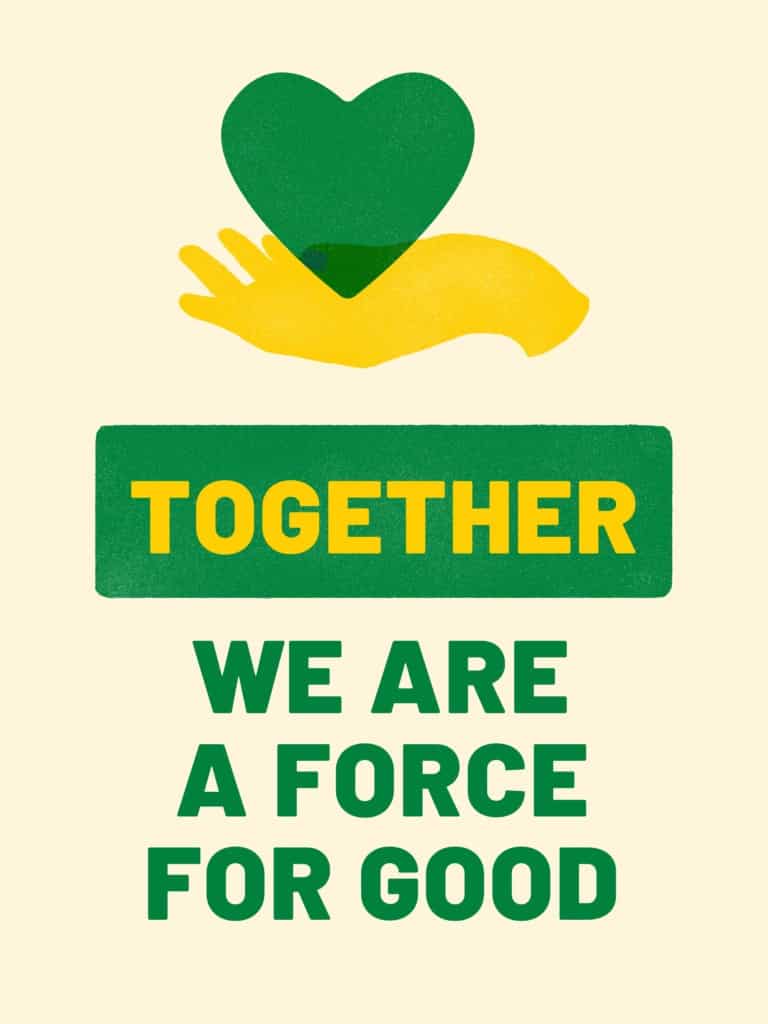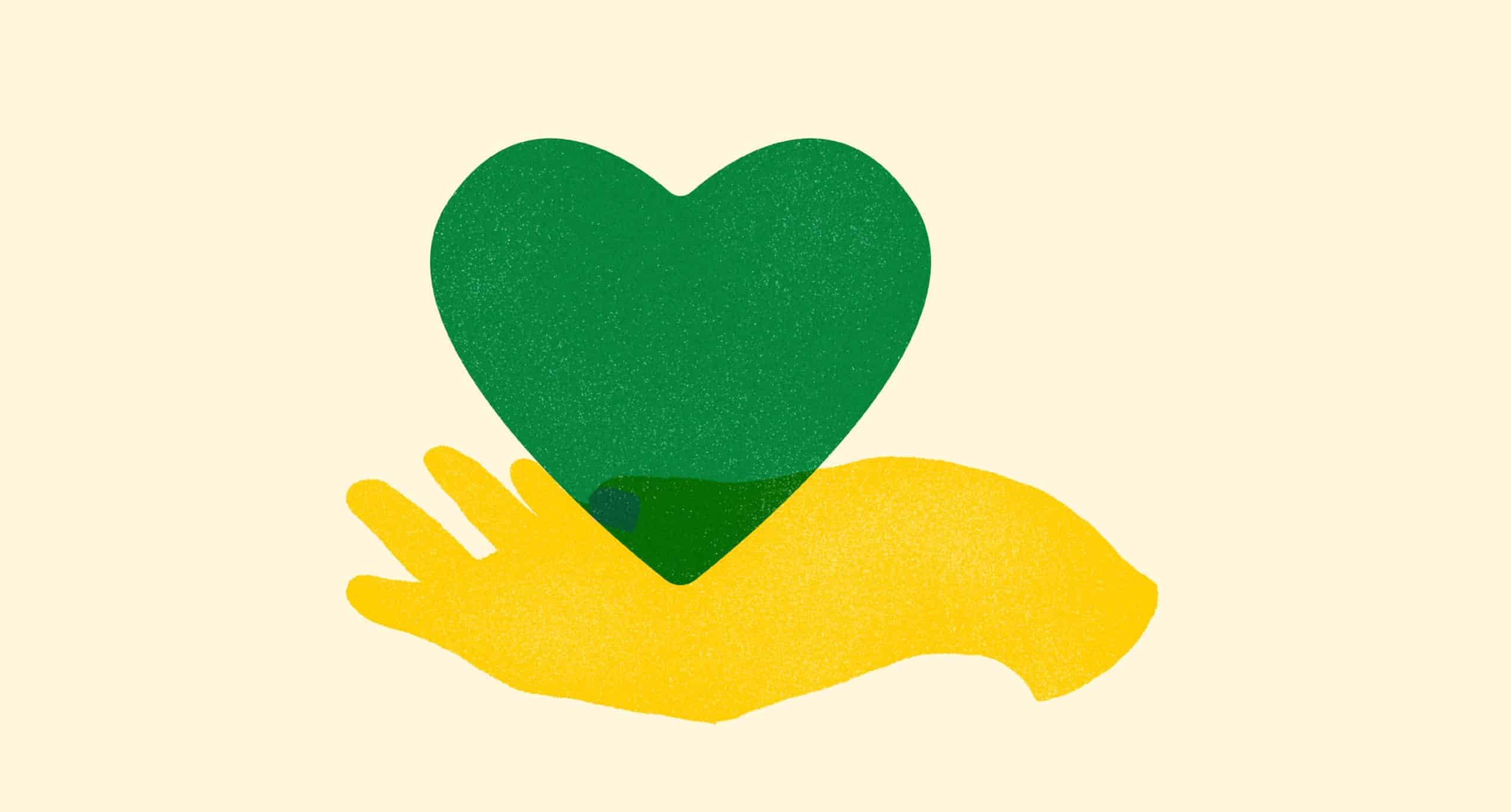Do you know what watershed we live in?
Learning about watersheds and why they’re important
Indigenous people were the first stewards of this land we live on (now Treaty 6 territory). Some estimates are that these first people were here for more than 8,000 years before settlers arrived. When Fort Edmonton was established, it became the anchor around which our city grew and much of the river valley came to be used for industry (e.g. coal mines and brick factories) and garbage dumps.
The Rat Creek Press is named after the creek that used to run down Norwood Boulevard. I have often thought “Oh, why couldn’t it have a better name? No one likes rats.” In researching this article, I discovered that the creek was named after a muskrat, a common animal at one time in this area.

Rat Creek was part of the large North Saskatchewan River Basin and is at the northwest edge of the Beaverhills sub-watershed. According to the U.S. National Ocean Service, a watershed is defined as “a land area that channels rainfall and snowmelt to creeks, streams, and rivers, and eventually to outflow points such as reservoirs, bays, and the ocean.”
What does it mean to be in a watershed, especially when you live in an urban setting? This story will focus on two aspects: a friend on 95A Street who grew up at the other end of the Beaverhills sub-watershed and on the Edmonton River Valley Conservation Coalition, a group that works to conserve our local watershed.

Marilea and her family grew up in the southern tip of the Beaverhill sub-watershed. Her maternal family settled in the area in the late 1800s. “My family grew grain and raised beef, as well as small animals. Much of our food came from our garden, local berries, our own animals, and wild game. The quarter section on which our house was built retained significant native aspen forest and some native grassland meadows, and many wetlands dotted the landscape, particularly in the 1970s, which was a time of higher rainfall prior to extensive drainage and roadworks projects that affected drainage patterns and groundwater resources.”
When thinking about her childhood, Marilea noted, “I spent many happy hours in the aspen parkland, wading through sloughs, playing and reading outside in the grasses or fields. Wetlands and ditches fascinated me with their abundance of life and diversity of species.”
When I have spoken with neighbours about our role in the watershed, people often don’t connect us with that kind of grouping. “We turn on the tap and water comes out,” is something I’ve heard from many people. In an article Marilea recently completed for school, she noted, “Our water systems have been increasingly engineered, and in recent decades better understanding of riparian [the area between land and a stream or river] health and ecosystem services have increased the quality and use of natural capital and green infrastructure as part of our urban, sub-urban, and rural communities. By many measures, the water quality and ecosystem health of my watershed has improved over the 100 years since our house was built near Rat Creek.”
That is because our leaders learned and made a choice. So, what can we do to learn and contribute to our watershed health?
A number of groups are working on the conservation and protection of Edmonton’s river valley. I had the good fortune to have a small contract working with the Edmonton River Valley Conservation Coalition (ERVCC) this winter and spring. The ERVCC is composed of individuals, conservation groups, recreational groups, and academic experts in various fields related to ecology and conservation. I am now a volunteer with the organization. We are always looking for people to help with the protection, preservation, and regeneration of Edmonton’s North Saskatchewan river valley and ravine system.
Currently, the ERVCC is working to bring attention to the solar farm the City is proposing be built on the river banks. We are concerned with the cumulative impact of the large number of river valley projects that have been proposed or planned in the past few years. Want to know more about this issue and how you can participate in protecting our watershed? Check out the ERVCC and join us. We would love to have you: ervcc.com.
Featured Image: Let’s work together. | Gillian Kerr







